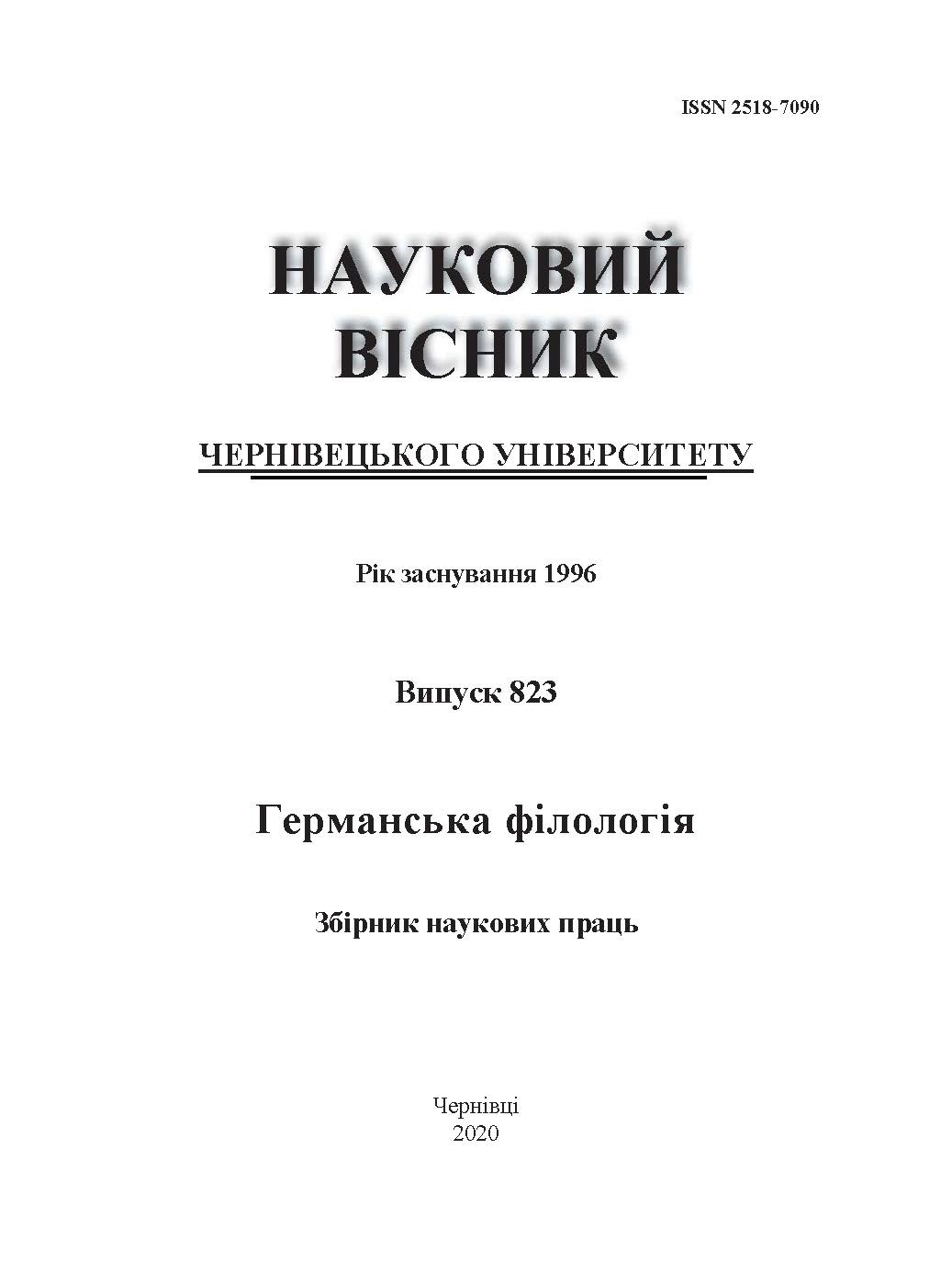LINGUISTIC ASPECTS OF ADVERTISING SLOGANS
DOI:
https://doi.org/10.31861/gph2020.823.100-107Abstract
The paper deals with the usage of linguistic aspects in English advertising slogans. advertising different brands, each of them covering one segment of products. The material for the study is the corpus of above 200 online commercial advertising slogans written in English that were sampled on the random basis from the Internet sources. An attempt was also made to look into the etymology of a slogan. The selected slogans under analysis meet the fundamental requirements set for successful slogans: conciseness with high emotional tension, concentration of the essence of the commercial proposal and simple language that is easily memorized. The study suggest that the persuasive power of advertisements to large extent depends on the utilized rhetorical devices, strategies and methods.
The slogans chosen for the analysis were divided into three groups: the phonological aspect (rhyme, alliteration, assonance, consonance, rhythm, onomatopoeia), the syntactic and lexical aspect (anaphora, epiphora, rhetoric questions, imperative sentences, exclamatory sentences, inversion, one-member sentences, ellipsis), and the semantic aspect (personification, simile, hyperbole, metaphor, antithesis). The results show that the most popular linguistic features of the examined advertising slogans are as follows: imperative sentences, rhythm, ellipsis, personification, assonance and metaphor. Collectively, our results prove that in creating effective commercial advertising slogans dominating are syntactic and lexical devices (39%), with phonological techniques following them (35%) and figures of speech at the semantic level making up 26%.





